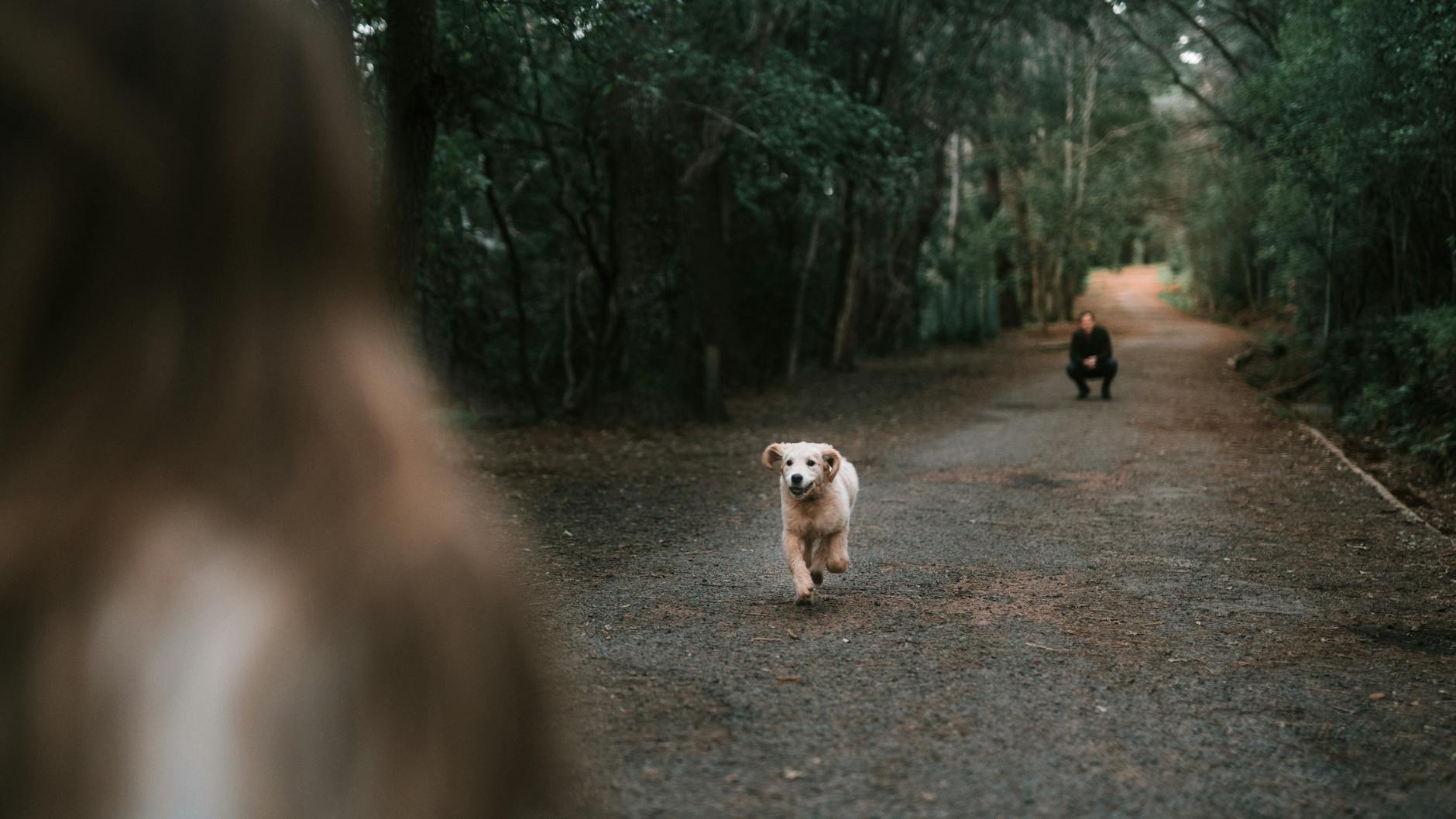Leash Up: Mastering Long Lead Dog Training

Mastering Long Lead Training: Freedom and Control for Better Walks
Training your dog to walk well on a leash is a fundamental aspect of their education, impacting both obedience and safety. A long lead, often extending 15 to 50 feet, provides dogs with the freedom to explore while still under their owner's control. By mastering long lead dog training, you open up a new world of opportunities for your dog to learn, exercise, and enjoy its surroundings. In this comprehensive guide, we will delve into the intricate details of long lead training, enabling you to enjoy well-mannered walks with your furry friend every time you step out the door.
Why Long Lead Training?
Long lead training grants dogs the chance to investigate their environment, sniff, and roam while allowing owners to maintain influence over their actions. This controlled liberty is an excellent bridge between off-leash freedom and the constraints of a standard-length leash. Here's why it's beneficial:
- Enhanced Obedience: Dogs learn to follow commands at a distance, improving their responsiveness.
- Safety: Provides control in potentially hazardous situations without restraining natural canine behaviors.
- Confidence: Builds trust and self-assurance in timid dogs by offering safe exposure to novel stimuli.
Choosing the Right Long Lead
Before embarking on your long lead training journey, it's crucial to select a suitable lead:
- Material: Nylon, biothane, or cotton leads are durable and comfortable to handle.
- Length: Choose a lead based on your dog's training level and your control comfort. Beginners should start with a shorter long lead.
- Handle vs. Handle-less: Some long leads come without handles to prevent snagging on objects, while others have handles for more immediate control.
The Fundamentals of Long Lead Dog Training
-
Start in a Safe Environment: Begin in an open area with minimal distractions to keep your dog focused and relaxed.
-
Teach the Basics: Ensure your dog understands foundational commands like 'come', 'stay', and 'leave it'.
-
Introduce the Long Lead: Let your dog drag the leash around (under supervision) to get accustomed to its weight and feel.
-
Gradual Expansion: Start with shorter distances before gradually increasing the length of lead your dog can explore.
-
Directional Commands: Practice directional cues, such as 'left', 'right', and 'this way', to steer your dog while on the long lead.
-
Reinforce Recall: An impeccable recall is critical. Practice at varying distances and with increasing distractions.
-
Balance Freedom and Control: Allow your dog to explore but maintain attention and return to you when called.
-
Regular Practice: Consistency is key to mastering long lead skills.
Safety Considerations
Safety should always be at the forefront of long lead training:
- Always scan the environment for potential dangers like traffic or unfriendly animals.
- Invest in a reflective or brightly colored lead for visibility.
- Be cautious not to let the long lead wrap around you, your dog, or others.
Common Challenges and Solutions
- Tangling: Prevent tangles by guiding the lead and teaching your dog to avoid obstacles.
- Chewing the Lead: Keep watch and discourage chewing with a firm 'no' or by providing chew-resistant leads.
- Ordinary Distractions: Start in a low-distraction area and gradually introduce more stimulus as your dog progresses.
Wrapping Up
By unlocking the secrets of long lead training with "Leash Up", you not only enhance your dog’s obedience and safety but also provide them with a taste of freedom. With patience, consistency, and the right tools, your walks can transform from tedious to exciting explorations. Embrace the principles, practice the techniques, and watch as you and your dog become a harmonious team, connected by an invisible bond even as the lead stretches out before you. Happy training!